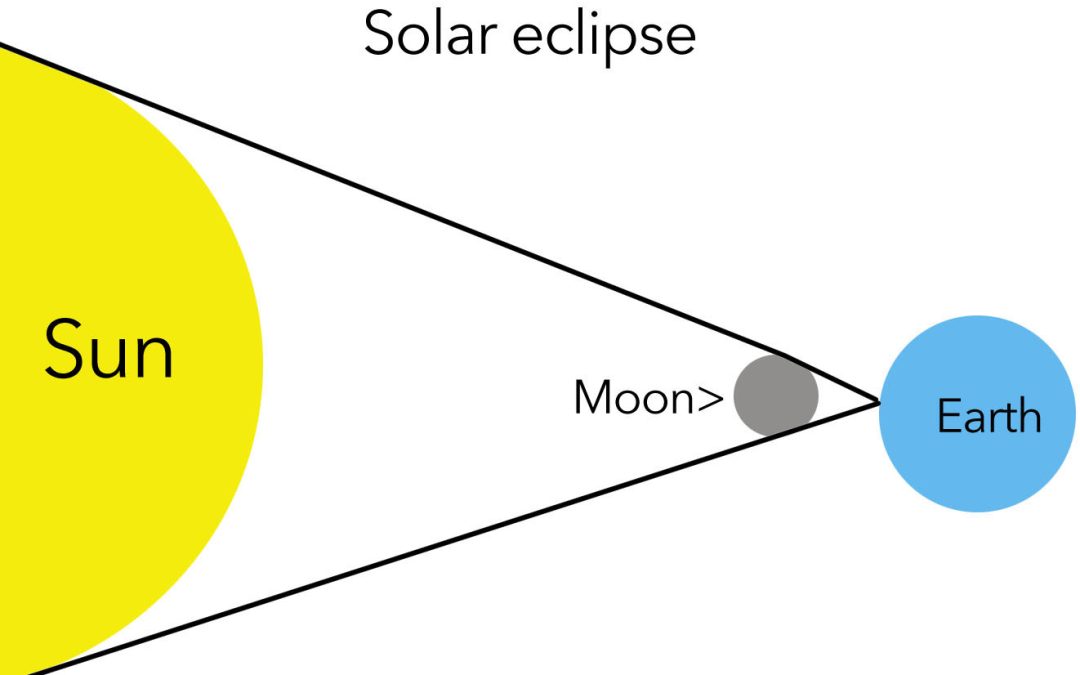On April 8, American camera buffs and those interested in all things celestial won’t have to cross an ocean to experience a total solar eclipse.
A total solar eclipse completely obscures the light of the sun, leaving just a faint visible solar corona. The 15-mile footprint or path of totality will be most visible in on a path through parts of Texas, Oklahoma, Arkansas, Missouri, Illinois, Indiana, Ohio, Pennsylvania, New York, Vermont, New Hampshire, and Maine. The path will just nick Michigan at the lower southeast corner.
Solar eclipses happen only when the moon passes directly in front of the sun, obscuring it from view.
Those planning to take in this rare spectacle should check with NASA and other online weather sources to ensure the best location. It is necessary to avoid areas of cloud cover and unpredictable weather disturbances.
Without good blocking features on camera and sunglasses, viewers can risk blindness. The eclipse cannot be viewed safely with the naked eye. Eclipse viewing glasses are widely available.
301-294-8874
[email protected]

Recent Comments